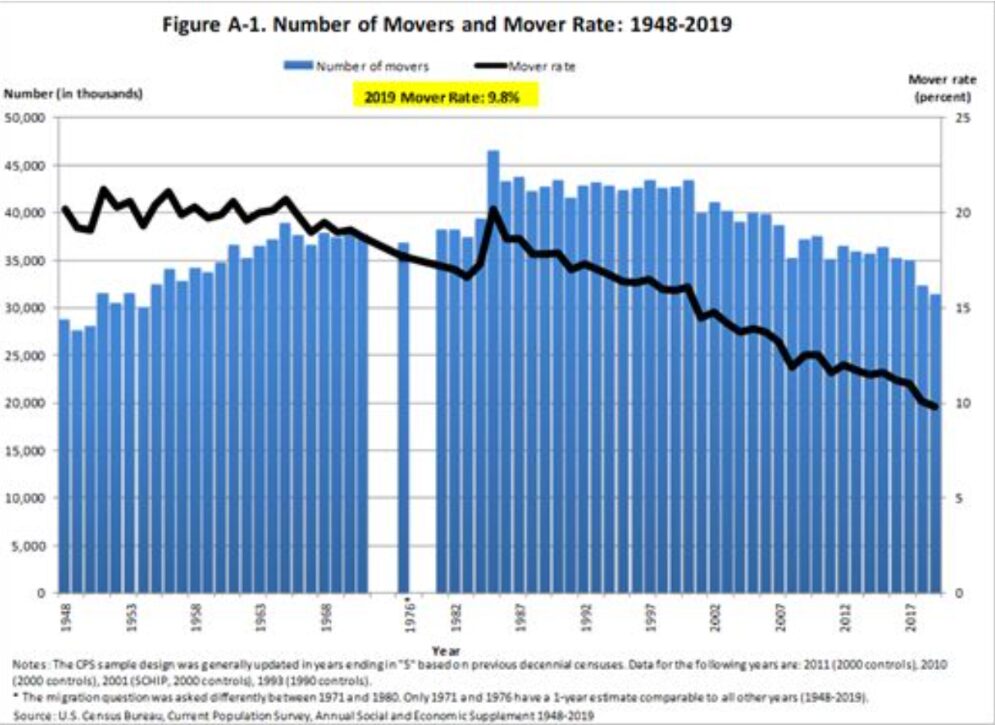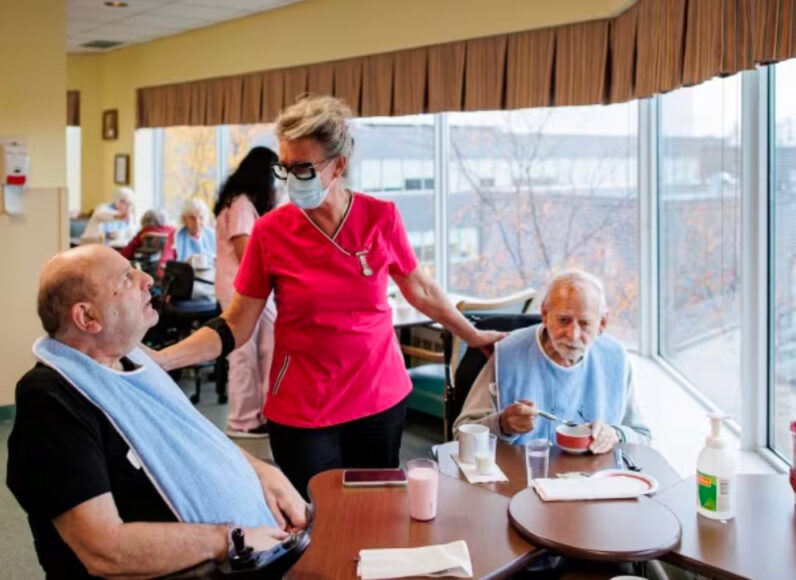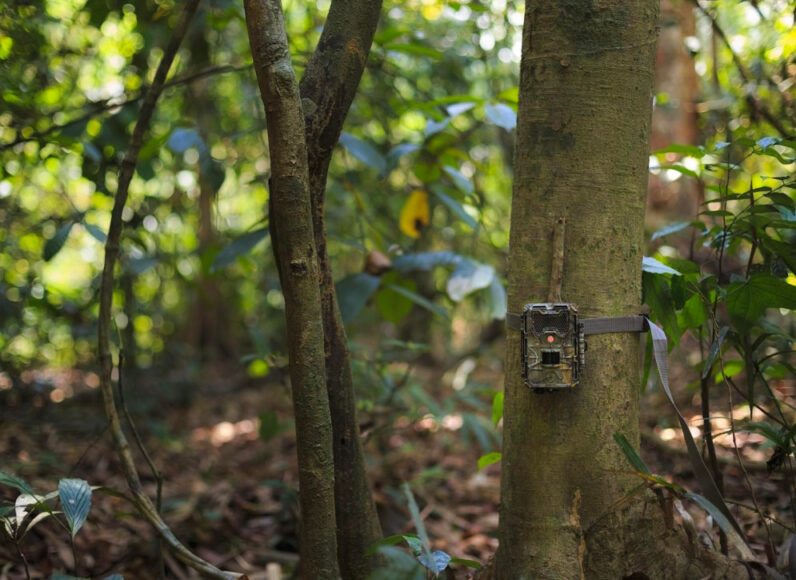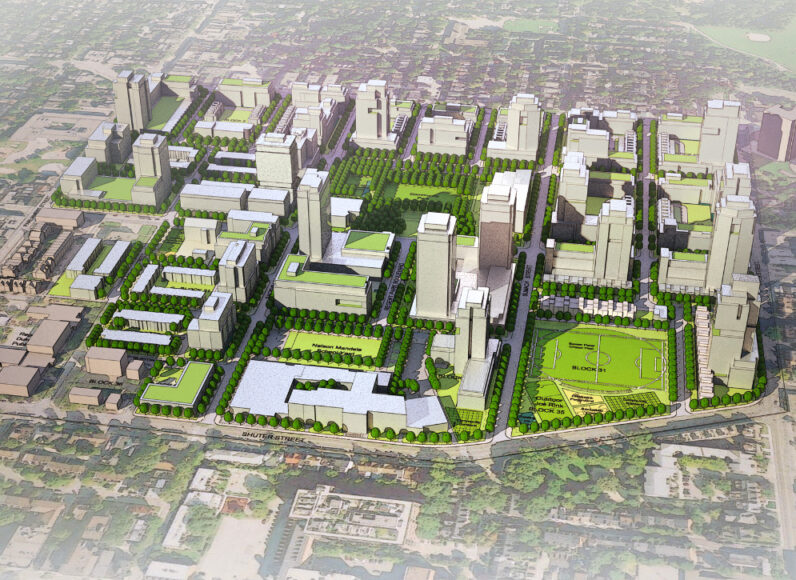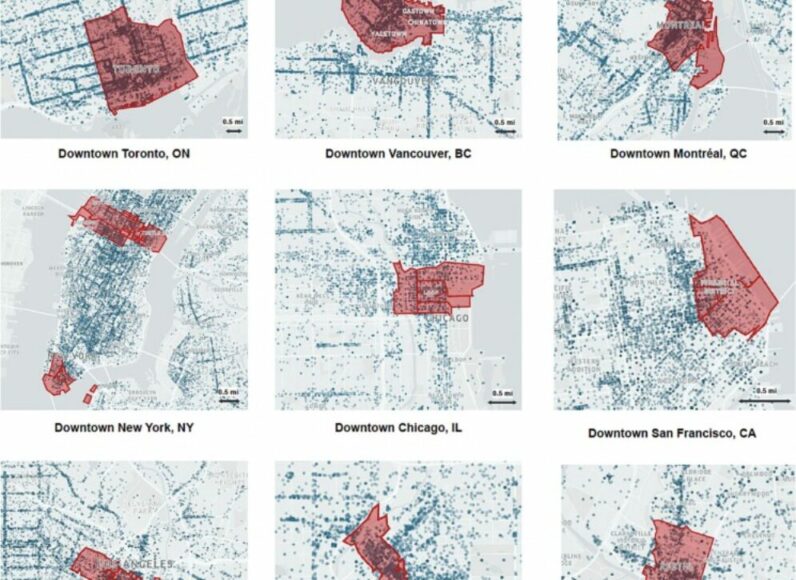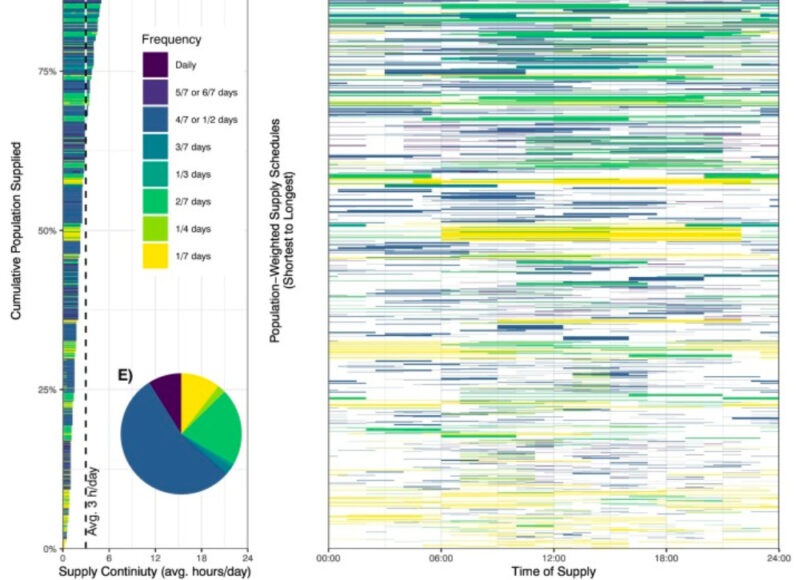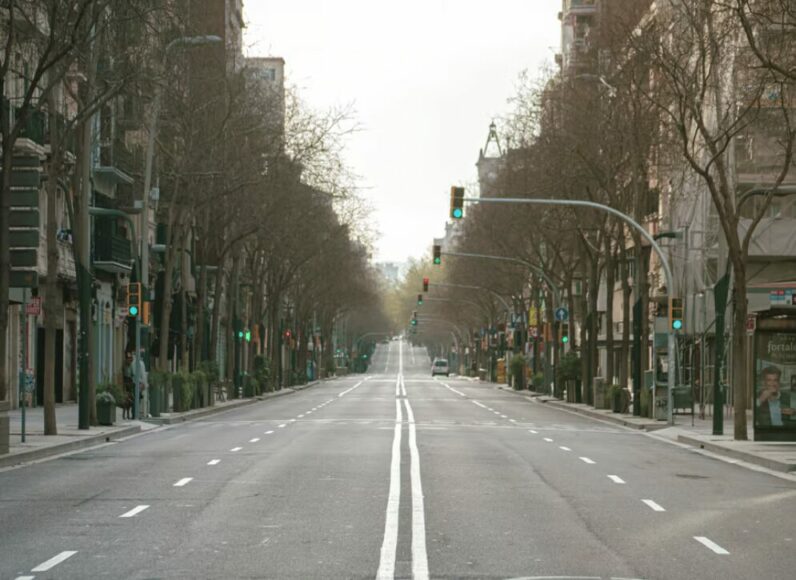By Meiqing Li, Pavan Yedavalli, Liubing Xie, Sai Balakrishnan, Zachary Lamb, and Karen Chapple
Berkeley Planning Journal
2022
The COVID-19 pandemic has caused unimaginable adversity, with nations across the globe devising ways to cope with the loss of life, economic productivity, and social fabric. Due to the agnostic nature of the virus, no facet of society, whether in the Global North or South, has been left untouched.
As beacons of economic and social agglomeration, the pre-pandemic city, in particular, has seen a rapid transformation, in often unforeseen directions. Local businesses have shuttered, while large technology companies have thrived; offices have closed, while their adjacent streets have been opened for active mobility and social activities; apartment rents have decreased, while single-family home prices have increased; the underprivileged have been adversely affected by both the virus as well as the economic reality of the pandemic, while the affluent have been largely untouched in both health and economy.
Responses to COVID-19 in various nations have only exacerbated existing socioeconomic inequities, and, expectedly, not all federal, state, or local responses have been beneficial to all strata of society. This white paper focuses on several core themes that have evolved over the course of the pandemic and have behaved differently across geographies: (1) urban economics and equity (2) social and economic power dynamics, and (3) strategies to preserve urban social and economic systems.



